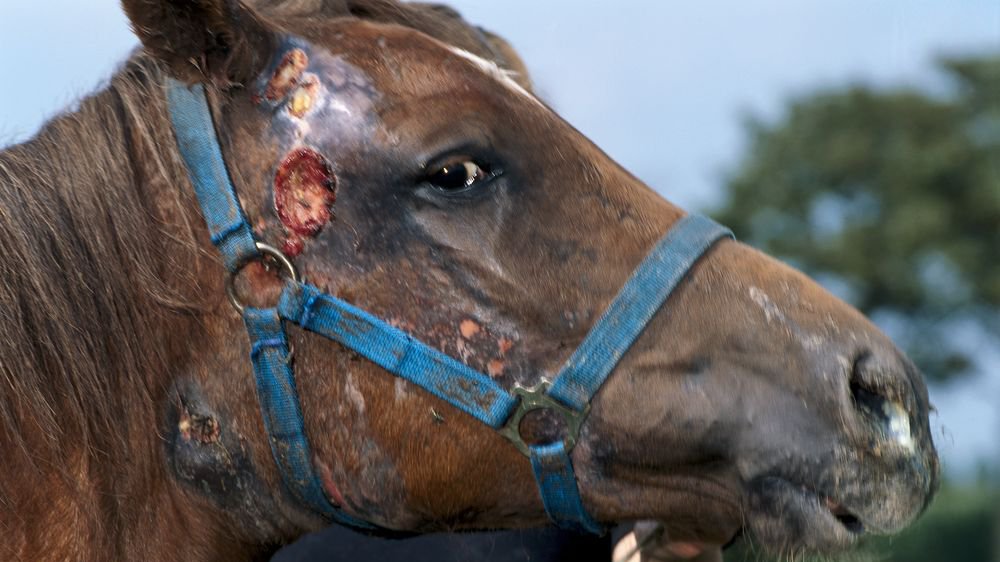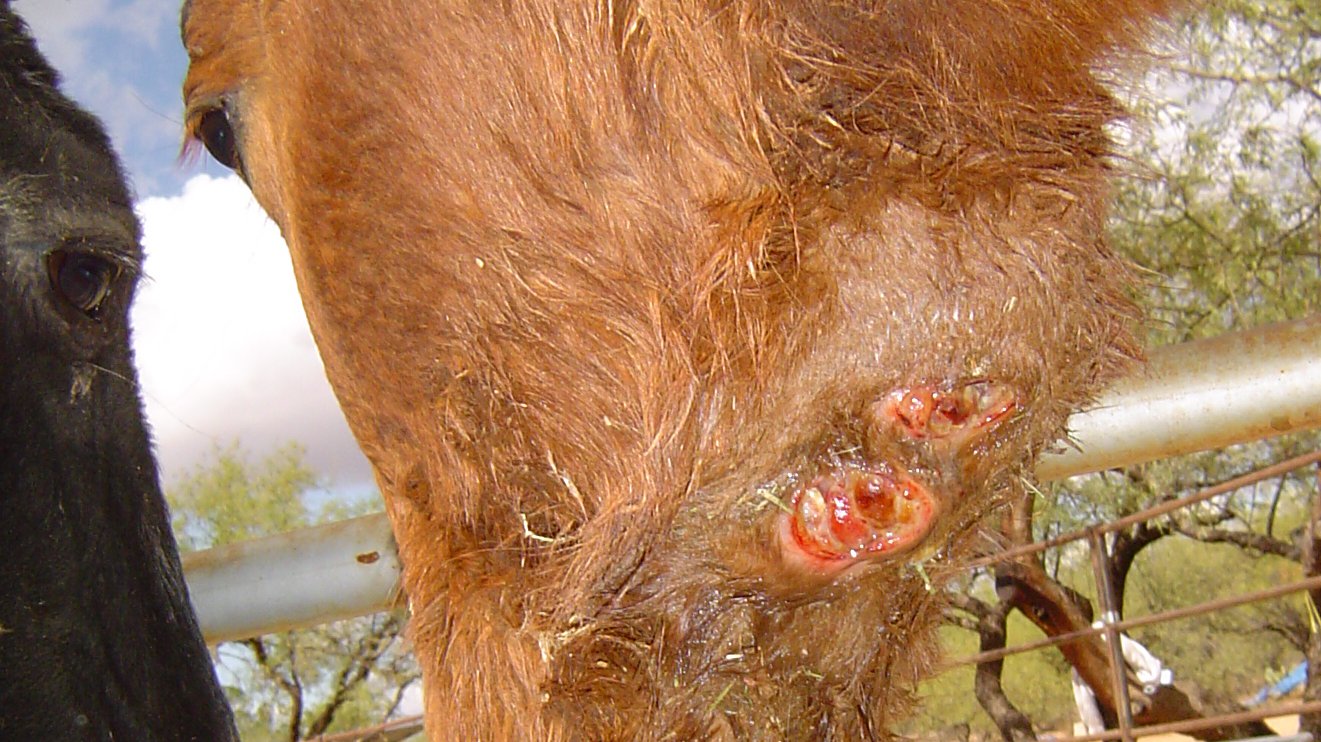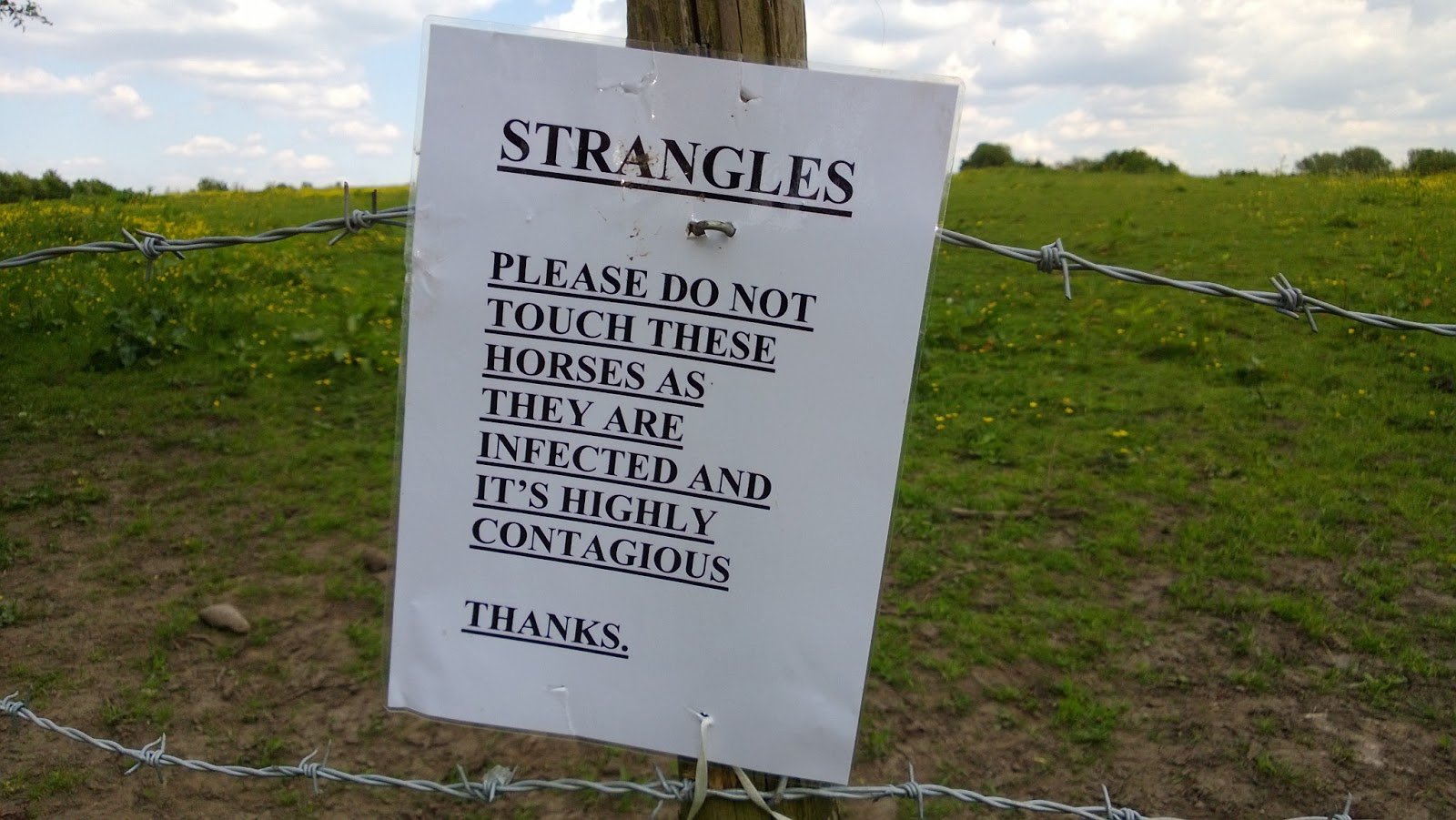Integrity, Compassion, Striving for Excellence
Strangles
Strangles is a highly contagious, bacterial, respiratory infection caused by Streptococcus equi, which affects horses, ponies and donkeys of all ages. It is always present at a low level within the UK horse population but new cases arise every year. It can be highly contagious and causes significant logistical and economical problems in an infected yard.
The aim of this information sheet is to inform you of the clinical signs of strangles and how the bacteria spread between susceptible horses. It also contains information on how to control the infection and hopefully prevent it entering your yard.
Clinical Signs
Infected horses quickly develop a high temperature (up to 41°C) causing them to become depressed and go off their food. In the following days the lymph nodes around the throat enlarge due to abscesses forming with in them. These can result in respiratory obstruction and difficulty swallowing, hence the name strangles. Although the name sounds concerning, complete respiratory obstruction does not occur. The abscesses in the lymph nodes may rupture of their own accord or may need to be surgically opened by your vet. Infected horses often develop a nasal discharge which may start clear but becomes thick with pus and often copious in amount. They frequently also develop a cough. In very rare cases, the bacteria may affect other lymph nodes in the body and cause abscesses to form through out the horse’s body. This is caused bastard strangles and is usually fatal. Infected horses can develop varying severity of clinical signs and a nasal discharge without glandular swelling is sometimes all that is seen. Younger horses (under the age of 5 years) tend to develop more severe clinical signs.
Diagnosis
The diagnosis is relatively straightforward in horses that develop the classical signs and is confirmed by taking a swab from the back of the horse’s nasal cavity (nasopharynx) or by directly swabbing a draining abscess.
There is also a blood test which can identify whether horses have antibodies (immunity) against the strangles bacteria. High antibody levels indicate recent infection including horses which are carriers and so this is a useful test for screening new horses coming into a yard.
In many cases the only accurate test is to take a lavage from the guttural pouches. These are large air-filled cavities which form part of the eustachian tube. Using an endoscope we can enter the pouches and flush them through with saline, collecting the fluid that runs back out of the horse's nose. This fluid can be analysed for both live and dead bacteria. This test is particularly used for detecting carrier horses and screening horses that have high antibody levels.
Transmission of the disease
Once strangles has entered a yard it can spread quickly between horses either by direct contact or indirectly through equipment or people. The bacteria are shed in nasal discharge and in pus draining from open abscesses. They can survive in the environment for long periods and can survive in water troughs for at least 4 weeks. Good hygiene is therefore essential in controlling the disease. The bacteria infect the lymph nodes of a horse via aspiration into their respiratory tract. Clinical signs develop with 3-14 days after infection.
Treatment
Treatment of the individual patient is primarily supportive nursing care. Your vet will administer non-steroidal anti-inflammatory medication (such as Finadyne™ or Bute) to control their increased body temperature. Antibiotics are not always used as they cannot easily penetrate the abscess capsule and may slow down the horse’s recovery by preventing the abscesses from draining. The decision to give antibiotics depends on the stage of the infection and will be decided by the attending vet. Applying a hot compress to the enlarged lymph nodes may be advised to encourage the abscesses to rupture, and after they have burst flushing the cavity with antiseptic will be required until they have healed. It will take several weeks for them to totally heal up.
Control of Infection
The most important aspect to limit the spread of disease is by maintaining strict hygiene and isolation of all infected horses. Early detection of disease by closely monitoring the body temperatures of in contact animals and immediately segregating any suspected cases will significantly reduce the number of horses that come down with clinical disease. The disinfectant, Virkon™ is effective at killing the bacteria and foot dips and the use of gloves when handling infected horses is paramount. Any equipment belonging to the horse should not be shared and should be thoroughly disinfected after use, including forks and wheelbarrows used to muck out. The premises must be isolated so that no in-contact animals leave the yard and risks spreading the disease further. No infected or in-contact animal should be released from isolation until three negative nasopharyngeal swabs have been taken over a two week period. Horses should not enter the premises unless they can be kept in strict isolation away from any possible source of infection.
Complications
-
Bastard Strangles
- In very rare cases the infection may spread to involve lymph nodes and organs in other parts of the body causing abscesses to form internally. This condition is invariably fatal.
-
Purpura Haemorrhagica
- This rare complication is characterised by red spots forming on the skin and mucous membranes (such as the gums) caused by bleeding from the small blood vessels under the skin, along with swelling (oedema) of the limbs and around the head. It occurs sporadically and is more common in younger animals. Unfortunately it is often fatal.
-
Chronic Carrier Status
- A low number of horses can become chronic carriers of the disease after infection. These horses harbour the bacteria within their guttural pouches (part of the Eustachian tubes) often in the form of chondroids (balls of dried pus). Carrier status may be diagnosed by blood tests or endoscopic examination of the guttural pouches to look for chondroids and to take washes for bacteriological examination.
Prevention
All new horses entering the yard should be monitored closely and any horse that develops a nasal discharge must be isolated and tested immediately. If facilities are available, new horses should ideally be kept in strict isolation for two weeks. The people involved with caring for the horses in quarantine must not move from the isolated horses to others on the establishment. We do not recommend any strangles vaccines currently available - our experience is that the possible benefit is outweighed by the incidence of reactions to the vaccine.




